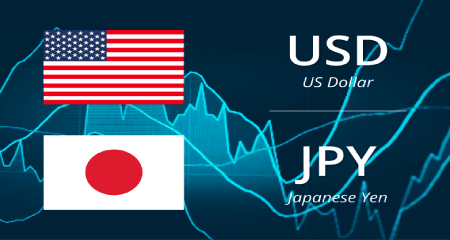
The USD/JPY dived towards 144.66 following the US NFP release
USD/JPY remains subdued after US employment data unexpectedly surprised market participants, with the US economy adding more jobs than economists estimated. At the time of writing, the USD/JPY is trading at around 144.90s, below its opening price. Data revealed by the US Labor Department reported that Nonfarm Payrolls increased by 263K, above estimates of 250K, while the Unemployment Rate headed south from 3.7% to 3.5%, putting additional pressure on the Federal Reserve. Given Fed official’s expressions throughout the last week, speaking about the tightness of the Labor market, September’s jobs report would likely justify another three-quarter percent (0.75%) rate hike.
Before the US employment data hit traders’ screens, the Fed’s chances of a 75 bps rate hike were at 85.5%. After the report, it increased to 92%. Elsewhere, the US Dollar Index, a gauge of the buck’s value against a basket of peers, extended its gains by 0.31%, at 112.636. Notably, the greenback made a U-turn and is positive in the week by 0.40%.
US Treasury bond yields jumped upwards, with the US 10-year Treasury bond yield advancing six bps, at 3.895%, a tailwind for the USD/JPY. However, the USD/JPY uptrend was capped by the 145.00 line in the sand imposed on September 22 by the Bank of Japan (BoJ) intervention in the markets. Of note, the USD/JPY fluctuated in the 144.63-145.34 range after the US NFP release. Next week’s US economic docket will reveal inflation figures for September, namely the Consumer Price Index (CPI), alongside the University of Michigan Consumer Sentiment.
US Treasury bond yields jumped upwards, with the US 10-year Treasury bond yield advancing six bps, at 3.895%, a tailwind for the USD/JPY. However, the USD/JPY uptrend was capped by the 145.00 line in the sand imposed on September 22 by the Bank of Japan (BoJ) intervention in the markets. Of note, the USD/JPY fluctuated in the 144.63-145.34 range after the US NFP release. Next week’s US economic docket will reveal inflation figures for September, namely the Consumer Price Index (CPI), alongside the University of Michigan Consumer Sentiment.
